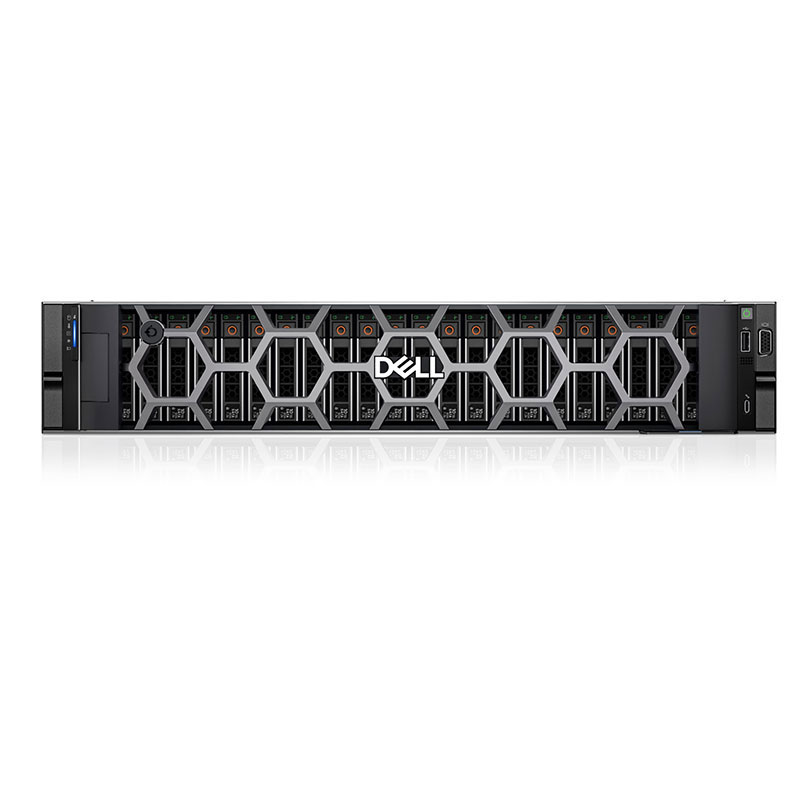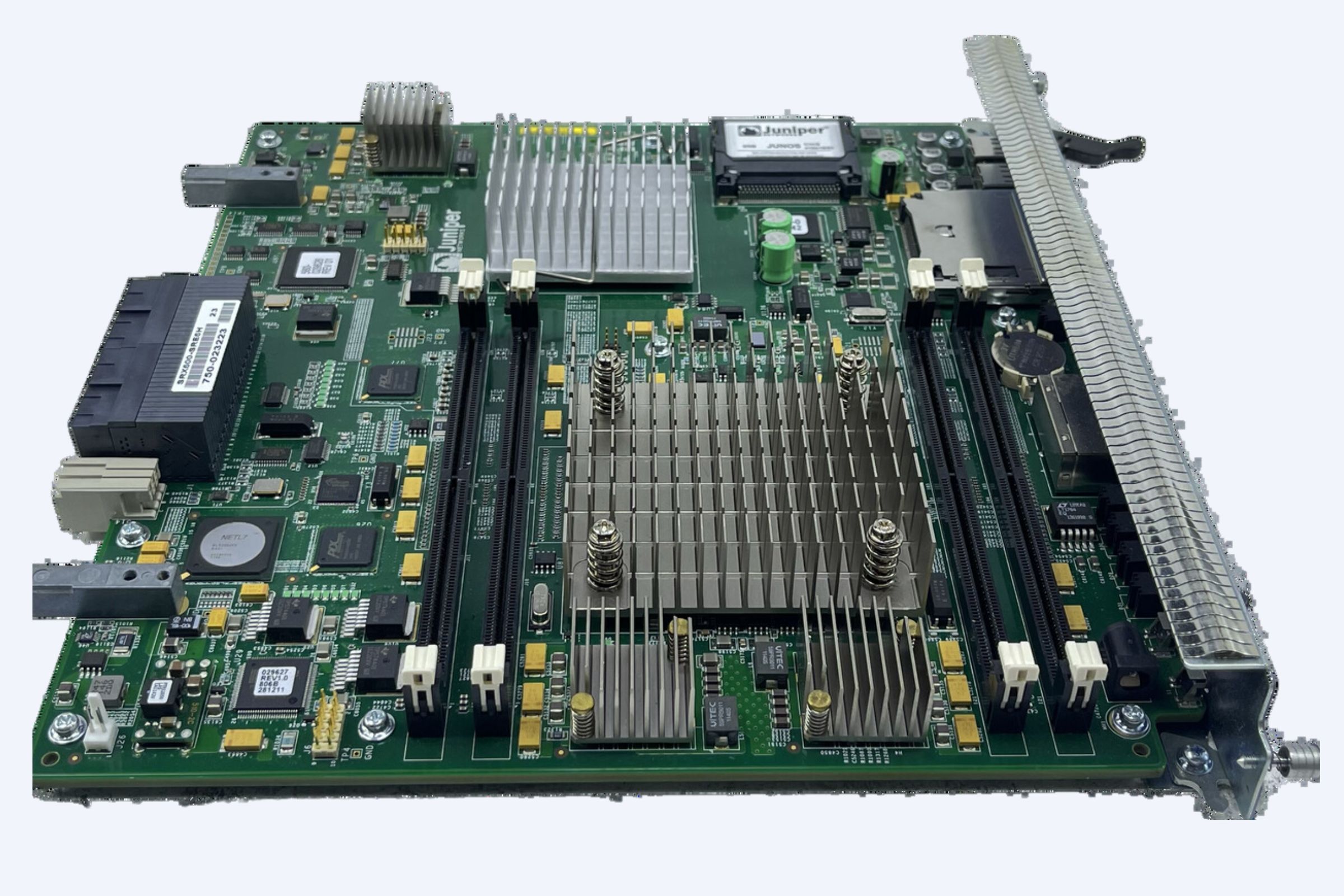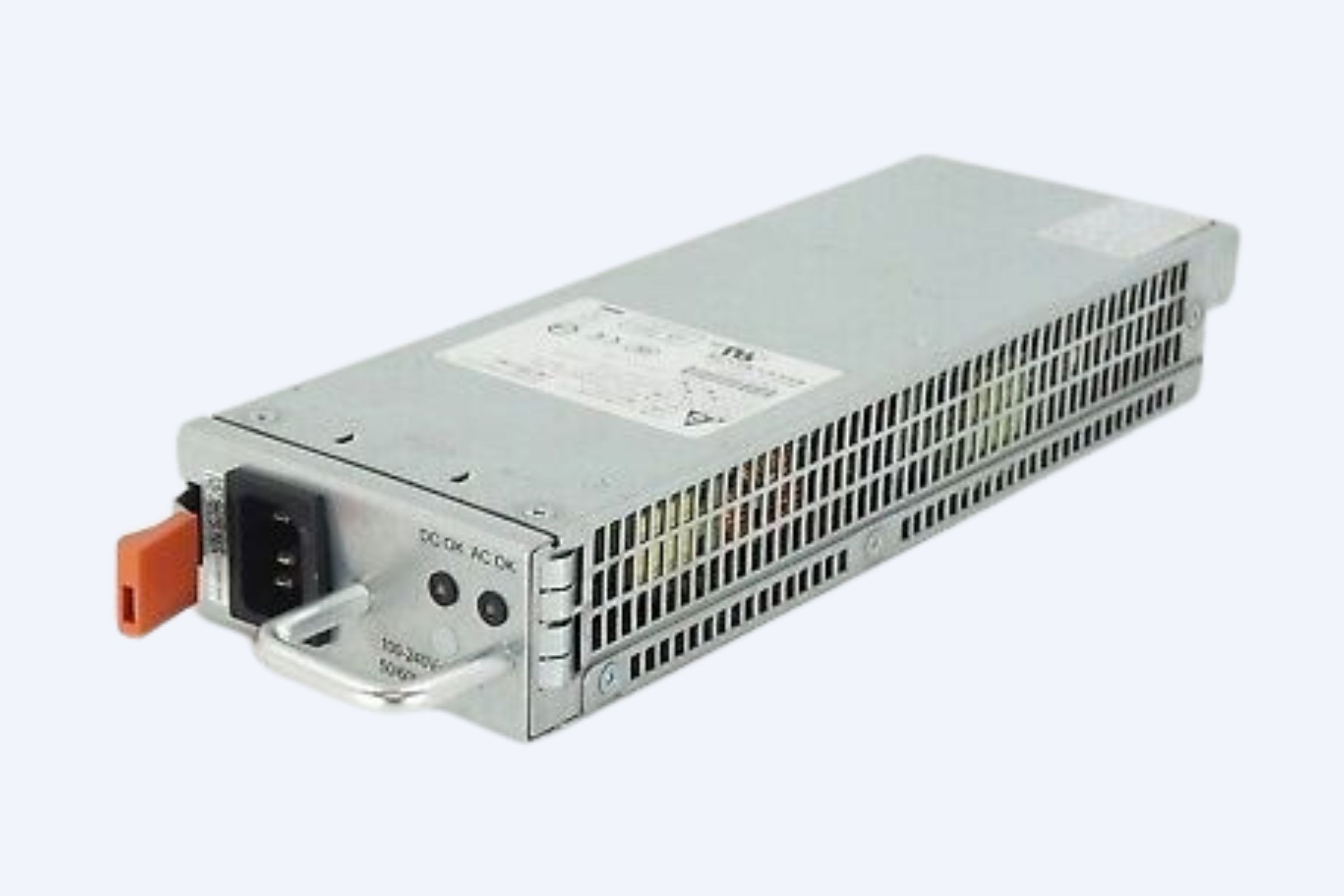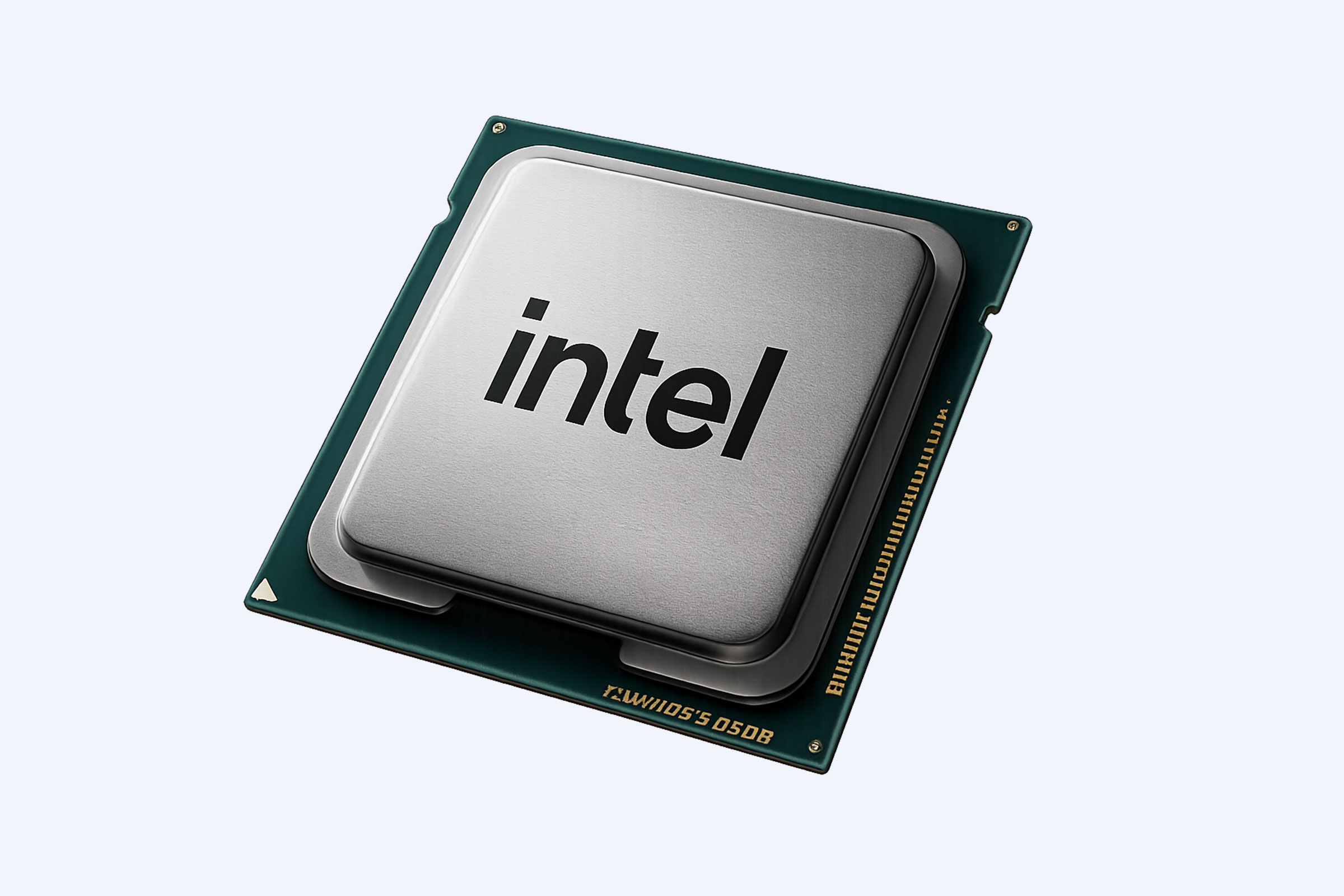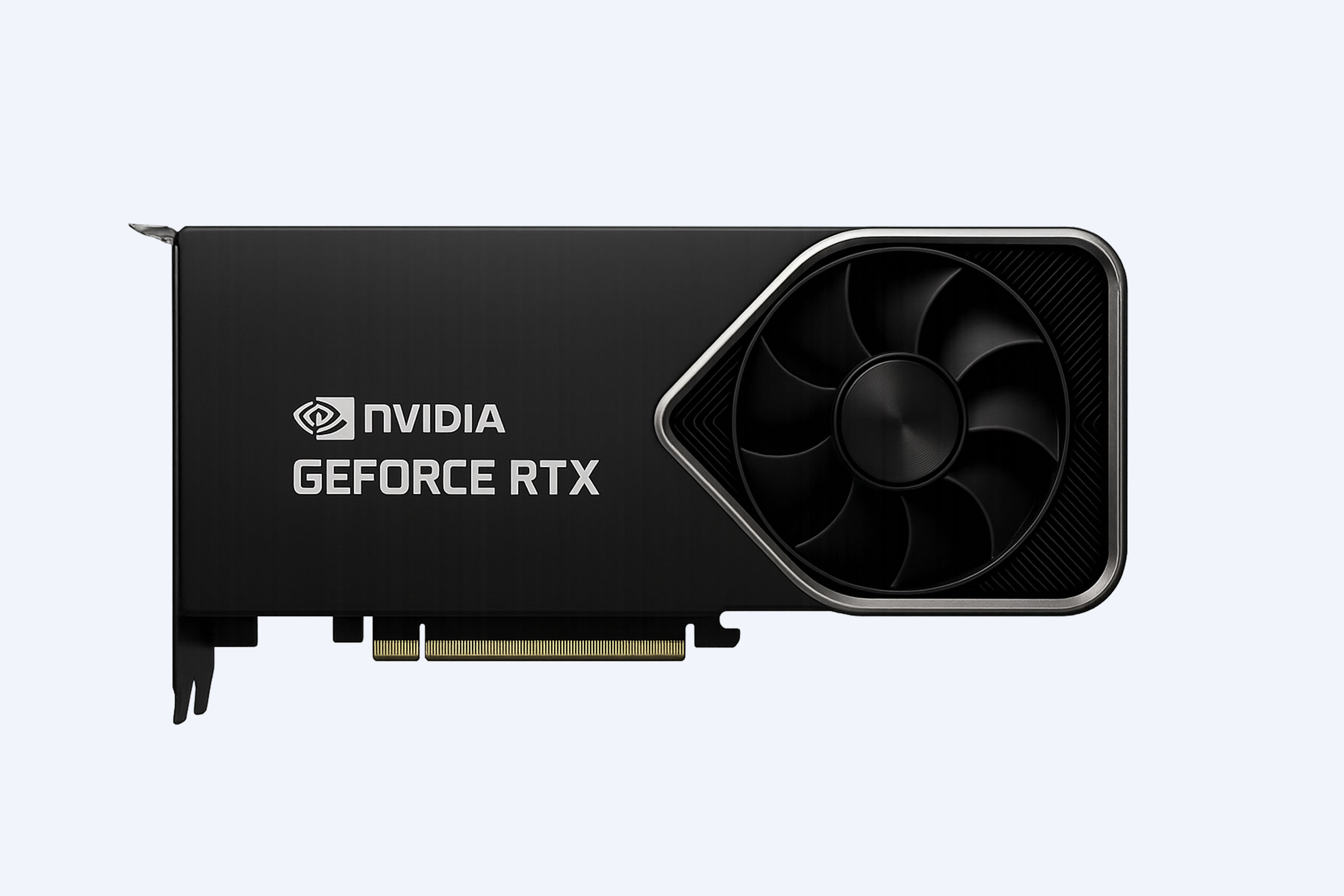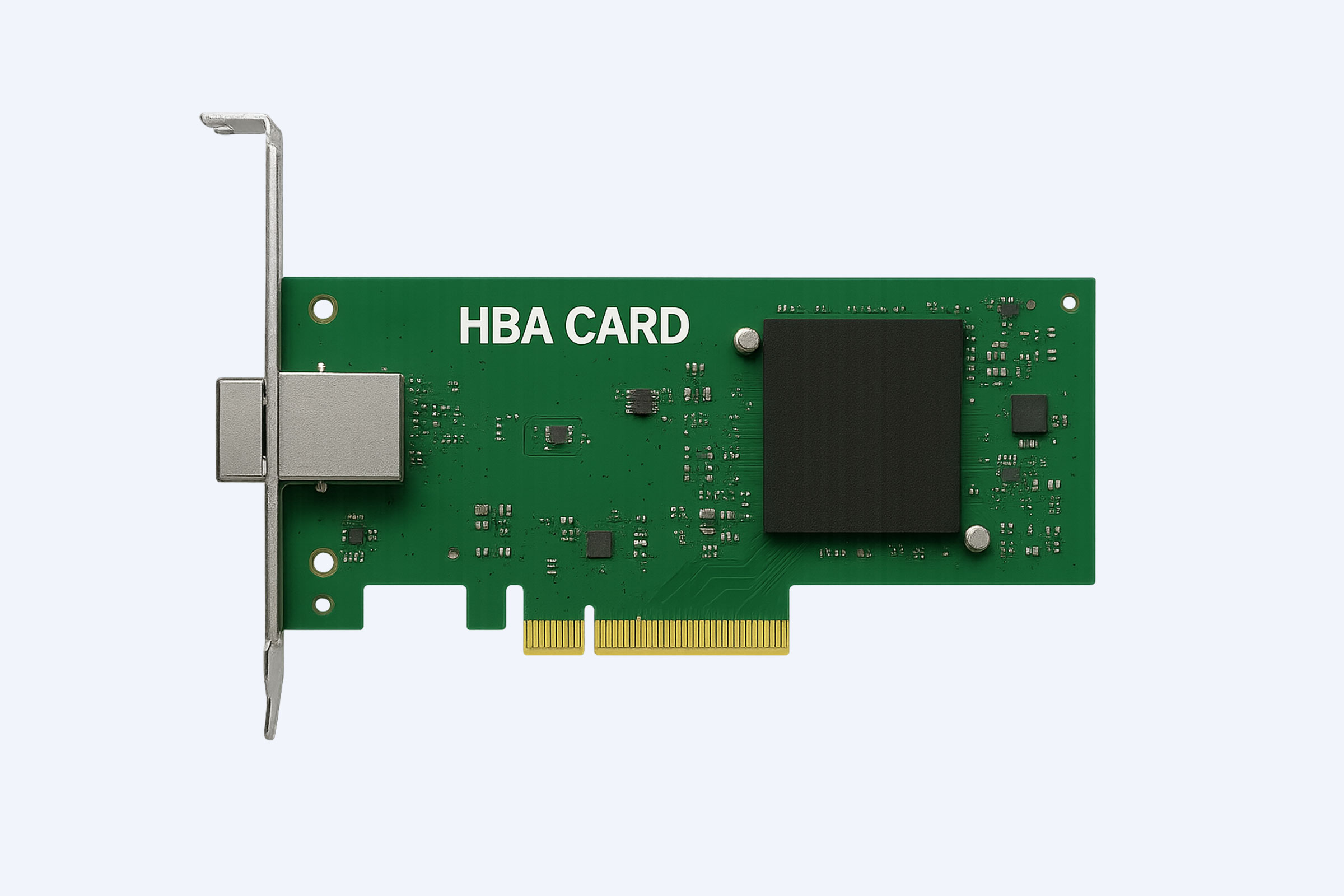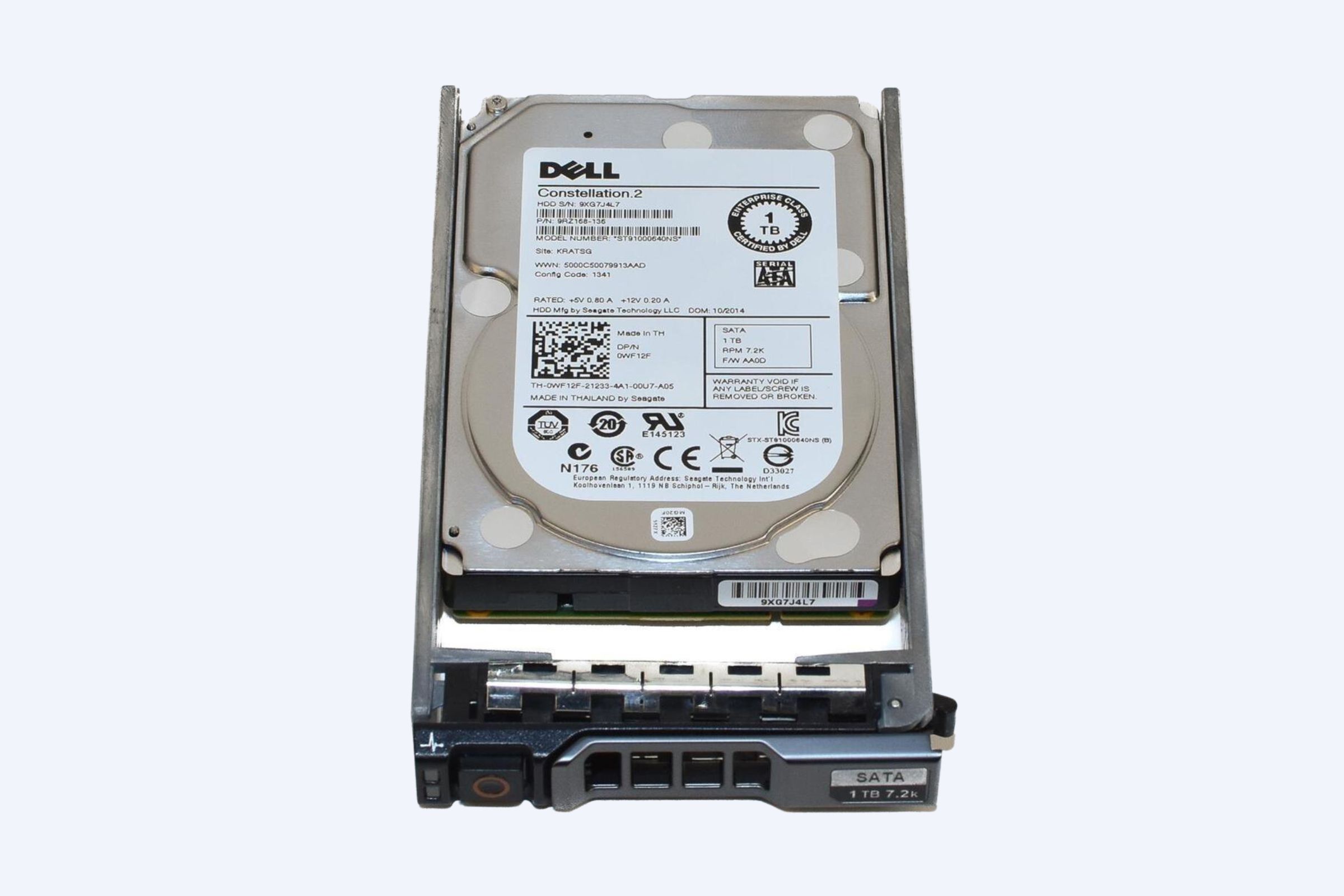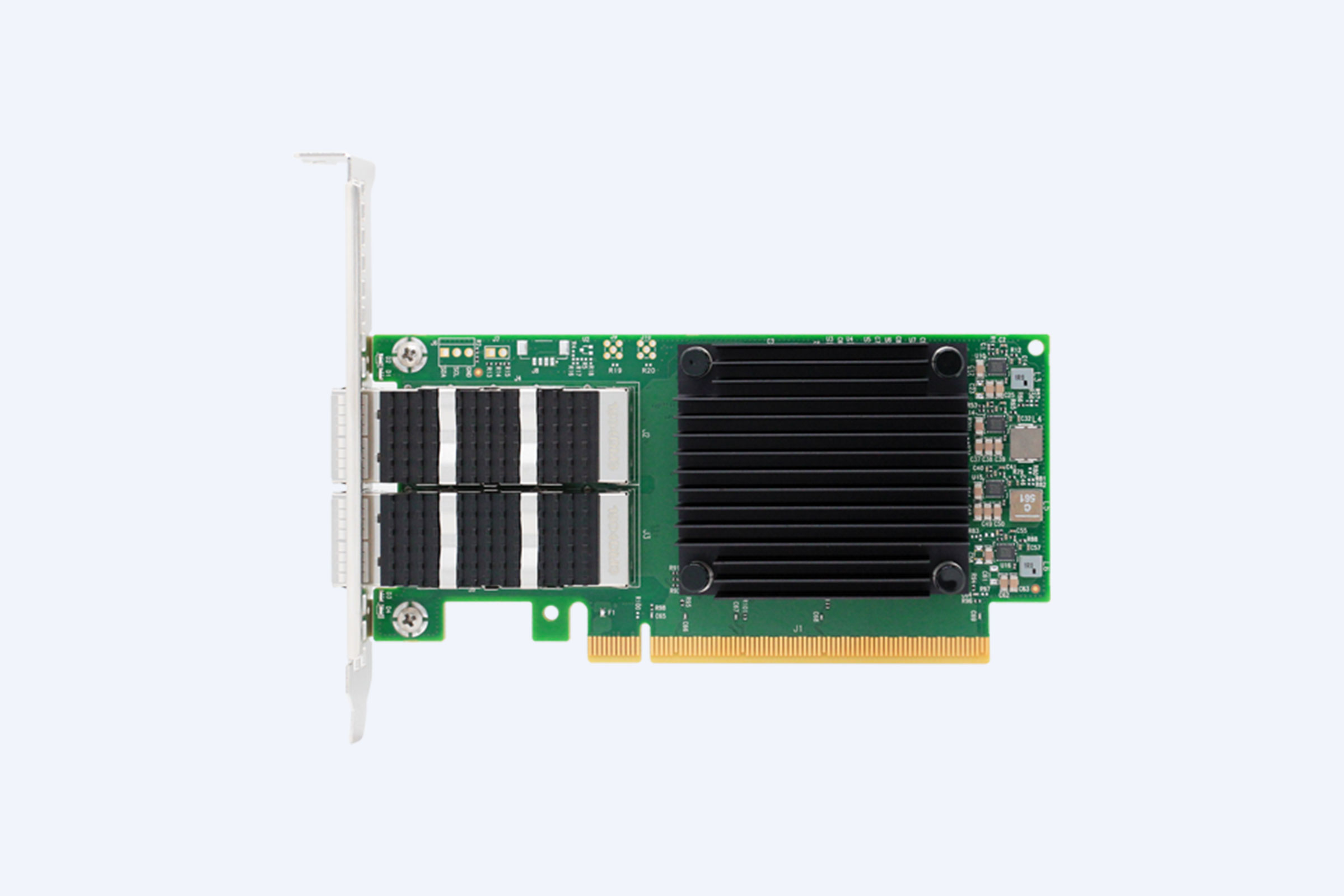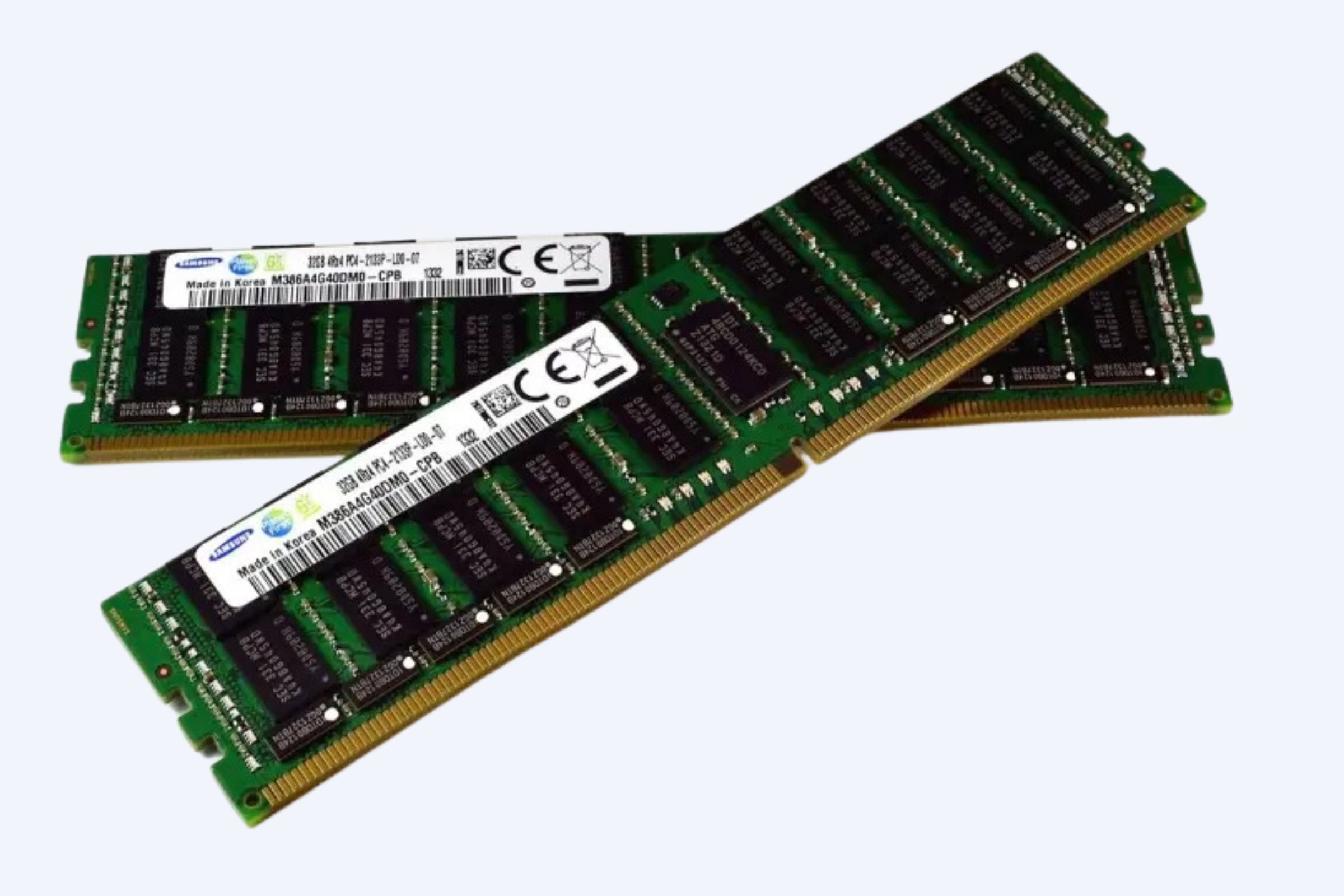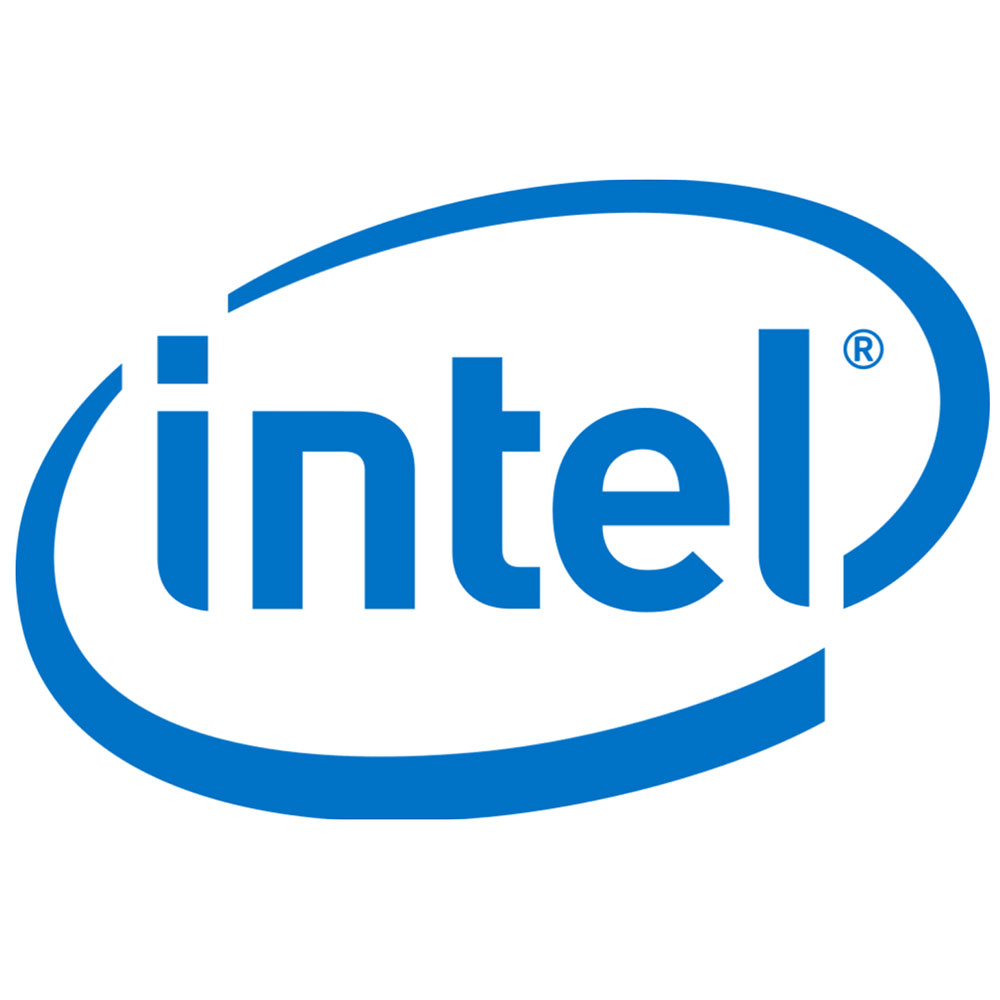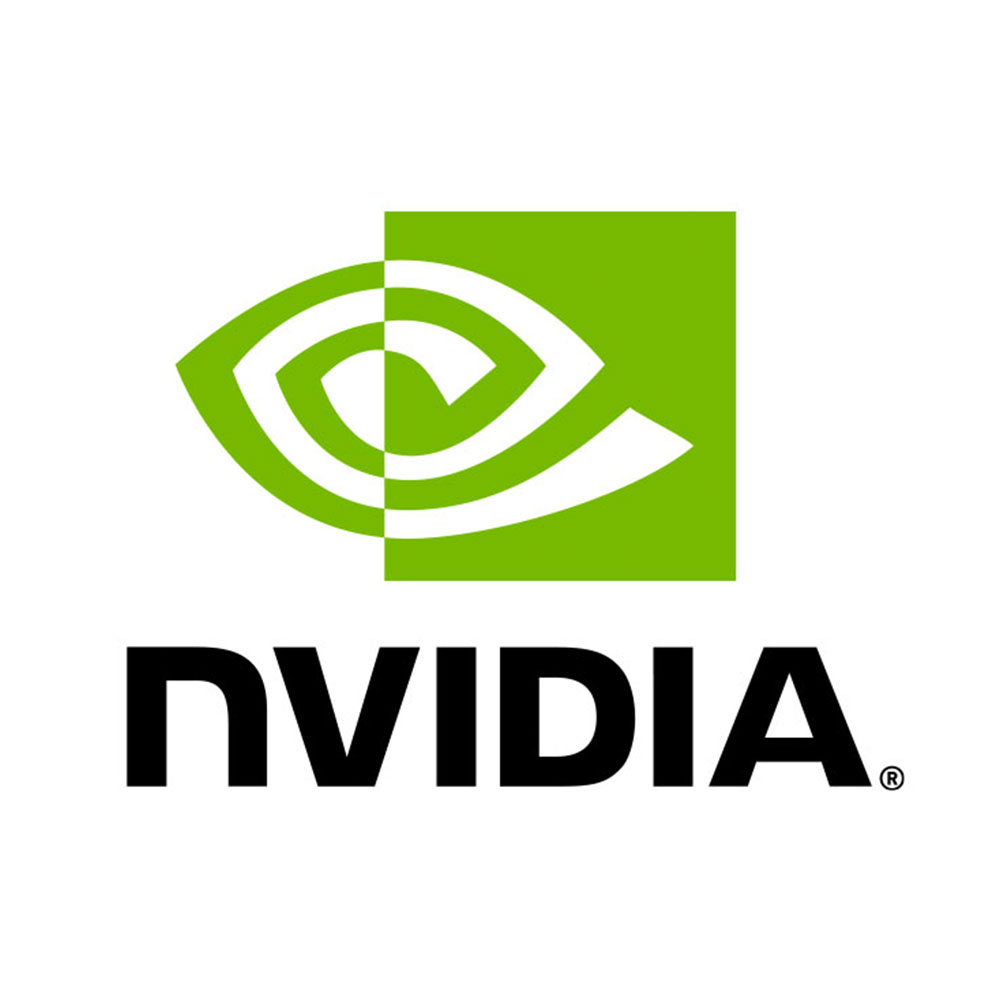The Dell PowerEdge R260, R360, and R660 are rack servers designed to meet different business workloads, from small and medium-sized businesses (SMBs) and remote offices to demanding enterprise data centers. Each server varies in performance, scalability, and features, with the R260 and R360 being single-socket, entry-level options and the R660 serving as a powerful dual-socket, enterprise-level server.
What Is the Dell PowerEdge R260 and Who Should Use It?
The Dell PowerEdge R260 is an entry-level, single-socket 1U rack server featuring a short-depth chassis ideal for space-constrained environments. It supports one Intel Xeon E-2400 series or Intel Pentium processor with DDR5 ECC memory up to 128GB. The server is tailored for SMBs, remote offices, and edge computing applications requiring reliable basic workloads such as file serving, point-of-sale, and virtualization. Its filter bezel protects against dust, making it suitable for less conventional server locations.
The R260 is flexible, affordable, and efficient, offering excellent value for organizations looking to deploy enterprise-class technology in smaller, tighter spaces.
How Does the Dell PowerEdge R360 Differ and What Are Its Key Features?
The Dell PowerEdge R360 is also a 1U, single-socket rack server but with a full-depth chassis that supports more internal storage than the R260. Built for SMBs and near-edge applications like remote office/branch office (ROBO), it handles evolving compute demands with Intel Xeon E-2400 series processors and DDR5 memory, combined with PCIe Gen5 expansion slots.
Supporting up to eight 2.5-inch or four 3.5-inch drives and GPU support for video and audio computing, the R360 provides more options for storage and performance scaling. It also includes dual hot-swap power supplies and advanced RAID configurations, making it more versatile for growing business needs.
Compared to the R260, the R360 is designed for situations requiring greater storage capacity, higher memory bandwidth, and expandability.
Which Workloads Are Best Suited for the Dell PowerEdge R660?
The Dell PowerEdge R660 is a high-performance, two-socket 1U rack server designed for demanding enterprise workloads such as high-density virtualization, dense database analytics, and mixed workload standardization in data centers. It supports up to two Intel Xeon 4th or 5th Generation Scalable processors with significantly higher core counts, DDR5 RDIMMs for large memory capacity, and extensive storage and GPU support.
Optimized for airflow and thermal management, the R660 is built to handle powerful CPUs and heavy workloads while providing scalability, performance, and reliability for data center environments requiring top-tier capabilities.
How Do the R260, R360, and R660 Compare in Performance and Features?
| Feature | Dell PowerEdge R260 | Dell PowerEdge R360 | Dell PowerEdge R660 |
|---|---|---|---|
| CPU | Single Intel Xeon E-2400 or Pentium | Single Intel Xeon E-2400 | Dual Intel Xeon 4th/5th Gen Scalable CPUs |
| Memory | Up to 128GB DDR5 ECC | Up to 128GB DDR5 UDIMM (non-ECC) | Higher capacity DDR5 RDIMM ECC |
| Storage Bays | Short-depth chassis, fewer bays | Full-depth chassis, more bays (up to 8x 2.5″) | Extensive storage options |
| GPU Support | Not supported | Supports entry-level GPUs | Supports enterprise GPUs |
| Power Supplies | Single or redundant options | Dual hot-swap redundant | Redundant high-capacity power supplies |
| Use Case | SMB, edge, light workloads | SMB, ROBO, near-edge with more storage | Enterprise, data centers, high-demand workloads |
| Management | iDRAC9 with Lifecycle Controller | iDRAC9 with OpenManage integration | Advanced iDRAC, optimized for enterprise IT |
This comparison highlights how the R260 and R360 serve as SMB and near-edge workloads with different storage and expansion capabilities, while the R660 addresses intensive enterprise demands with superior performance and scalability.
What Are the Key Advantages of Choosing Wecent for Dell PowerEdge Servers?
Wecent Technology offers enterprise-class servers like the Dell PowerEdge R260, R360, and R660 with a focus on quality, reliability, and certified original products. Headquartered in Shenzhen, Wecent combines over eight years of expertise supplying high-performance servers to a global clientele. Their partnership with leading brands ensures customers receive robust, durable hardware certified by international standards, backed by expert guidance and competitive pricing.
Choosing Wecent means partnering with a trusted provider committed to simplifying IT operations and fostering long-term business success for SMBs and enterprises alike [user-information].
How Can Businesses Maximize ROI with Dell PowerEdge Servers?
Businesses can maximize their investment in Dell PowerEdge servers by selecting the model that aligns precisely with their workload demands—entry-level for SMBs or advanced models for enterprise data centers. Leveraging features like remote management with iDRAC, scalable memory, and flexible storage options ensures high uptime and efficient operations.
Wecent’s tailored solutions and professional services further enhance ROI by providing the right configurations coupled with ongoing support, helping businesses adapt to changing IT needs and optimize system performance [user-information].
What Maintenance and Management Tools Support These Dell PowerEdge Servers?
Dell PowerEdge R260, R360, and R660 servers include the latest integrated Dell Remote Access Controller (iDRAC9) for comprehensive out-of-band management, enabling system monitoring, updates, troubleshooting, and lifecycle management remotely, which reduces downtime and IT labor costs.
Additionally, they support Dell’s OpenManage software suite, including mobile and enterprise integrations, for streamlined server management from deployment to retirement, ensuring efficient IT operations.
What Are Wecent’s Expert Views on the Dell PowerEdge R260, R360, and R660?
“Wecent recognizes the Dell PowerEdge R260, R360, and R660 as pivotal components that empower businesses across diverse sectors — from SMBs to large enterprises. The R260’s compact footprint and efficiency cater well to edge and remote solutions, while the R360 balances storage scalability with cost-effectiveness for growing operations. The R660 emerges as a robust powerhouse, ideal for complex data center workloads requiring advanced performance and reliability. At Wecent, we emphasize these servers’ roles in future-proofing IT infrastructure, ensuring clients receive tailored, certified solutions that deliver both immediate impact and long-term value.” [user-information]
How Should Businesses Choose Between the R260, R360, and R660?
Businesses should evaluate their computing needs, space constraints, and workload intensity to select the right server. Choose the R260 for compact, entry-level needs with limited storage, ideal for SMBs and edge environments. Opt for the R360 when more internal storage and GPU support are necessary, useful for SMBs and ROBO scenarios. The R660 is best suited for enterprises requiring high-performance dual-socket servers for virtualization, analytics, and mixed demanding workloads.
Partnering with Wecent ensures expert assistance in configuring the best server setup for business growth and scalability [user-information].
Summary and Actionable Advice
The Dell PowerEdge R260, R360, and R660 cover a spectrum of business needs from compact edge deployments to high-performance data centers. Selecting the appropriate model depends on workload requirements, storage needs, and scalability expectations. Companies should prioritize certified, reliable hardware and professional support like that offered by Wecent for seamless IT operation. Leveraging advanced management tools and scalable architectures ensures efficient and future-ready infrastructure investments.
Frequently Asked Questions
Q1: Can the Dell PowerEdge R260 support GPUs?
No, the R260 does not support GPUs; this feature starts with the R360 model.
Q2: What processors are used in these servers?
The R260 and R360 use Intel Xeon E-2400 series, while the R660 supports dual newer-generation Intel Xeon Scalable processors.
Q3: Which server is best for virtualization workloads?
The R660 is best suited for dense virtualization due to its dual-socket design and larger memory capacity.
Q4: Does Wecent provide after-sales support?
Yes, Wecent offers expert guidance and comprehensive support for server solutions.
Q5: Are the Dell PowerEdge servers energy efficient?
Yes, all models include energy-efficient power supplies and advanced airflow designs to optimize power use.



